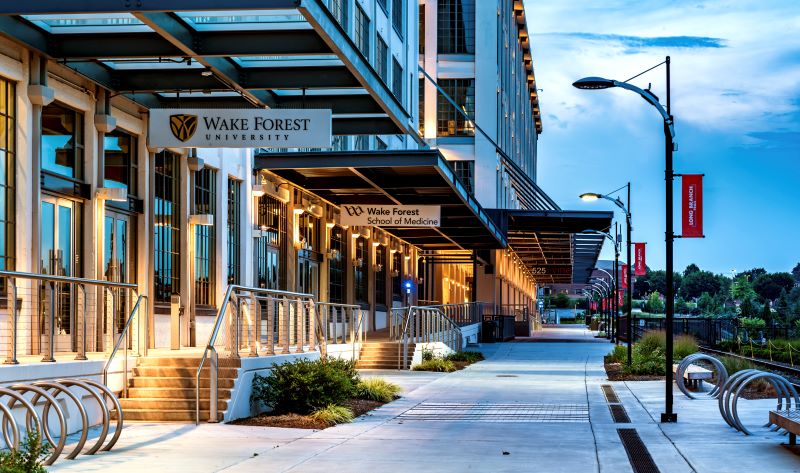An innovation hub is a physical space that brings together researchers, creators and innovators to nurture ideas into industry-changing products and services. It can be the focal point of a city or a center of activity within an innovation district that encourages collaboration, serves as a springboard for new ideas and helps innovators pursue creative solutions.
Innovation Districts vs. Innovation Hubs
When a hub is part of an innovation district, it serves as a space dedicated to activating resources and forming relationships vital to growth. Innovation hubs are microcosms of innovation districts—both have missions to create an environment for innovation and productive connections that influence the success of entrepreneurs, companies and the surrounding community’s economic standing. The hub becomes a concentrated community where organic interactions in shared spaces can spur fruitful and fortuitous outcomes.
The Look, Feel and Makeup of an Innovation Hub
Density and proximity are critical in an innovation hub. Multiple sectors and industries are represented, enabling opportunities for the right people to rub elbows and advance new ideas through differing strengths and specialties. Such engagement occurs amongst and between the many research labs, coworking spaces and recreation activities within often repurposed buildings that have been revived for a new purpose (and with high-speed bandwidth!). At least one anchor institution grounds research efforts and supplies startups and established companies with a pipeline of fresh talent and young professionals.
An Open Innovation Environment

An innovation hub primarily serves as a place where people collaboratively convene, conduct research and widen their influence. Accelerators and incubators are essential to fueling connections and growth for cutting-edge researchers and ambitious entrepreneurs. Whether it’s hosting a 12-week program to get a startup on its feet or sponsoring networking nights, these intermediaries help entrepreneurs access the people and resources needed to bring innovations to market.
How to Start an Innovation Hub
Certain physical, economic and financial assets must exist to support an innovation hub. When these assets are established, other systematic measures can help the innovation ecosystem grow and prosper:
- Initiate programming and services to help people develop new skills, learn from and support each other, make connections, network and gain a sense of community.
- Create a motivating work environment to attract skilled talent and inspire people to reach the next level, no matter their industry.
- Facilitate research commercialization so that new products hit the market for the benefit of the public community.
- Prioritize diversity efforts to protect all community members and give all voices and perspectives a seat at the table.
Innovation Hubs and District Growth
Anchor institutions, renovated spaces, various industries, hungry startups and supporting intermediaries are key indicators of an area with innovation potential. Cities looking to differentiate themselves as leaders in development can capitalize on innovation hubs that pull these assets together, igniting meaningful interactions and community impact that drive innovation district growth.




